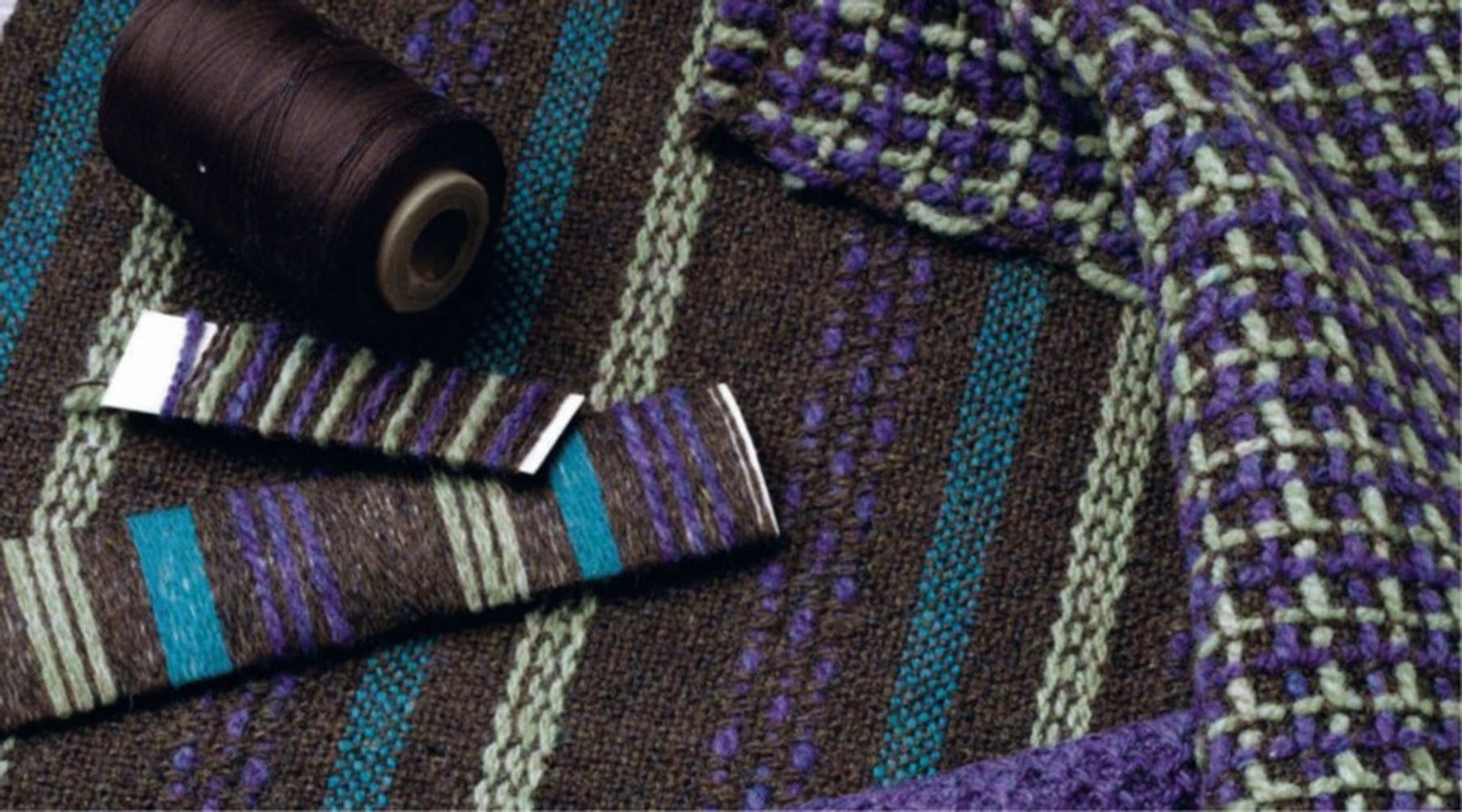If you want to know a culture, look at its cloth. The materials and tools speak to us of place, and the designs handed down the generations tell us the stories of a people. Those who preserve these traditions are treasures. The late Gilbert "Bobbo" Ahiagble was one of these, a man who dedicated his life to preserving the textile traditions of Africa. Here are traditional textile expert Cynthia LeCount Samaké and Bobbo's son Bob Dennis Ahiagble to tell you his story.[Ed. note: This post was updated 8/14/12. According to Louise Meyer, Warren Robbins arranged to have Bobbo as artist in Residence at the Museum of African Art.] ––Anita
It was with great sadness that we learned of the death on July 12 of "Bobbo" Ahiagble, the master kente cloth weaver from Ghana. Bobbo, a gentle, yet dynamic man, had been battling cancer with grace and dignity for over a year. He always kept a small wooden figure of his twin brother, deceased in childhood, in his hand or nearby—a symbolic part of his Nigerian heritage.
 | |
 | |
| Traditional African Kente cloth handwoven by Bobbo Ahiagble |
According to family legend, the Ahiagble ancestors originated from the town of Ileife in Nigeria. The population of the neighboring Yoruba people grew and compelled the Ewes and other ethnic groups to move their settlements westwards. Bobbo’s father farmed the land, fished the ocean, and also found time to weave the traditional black-and-white strip cloth that was in fashion at the time in Nigeria.
Eventually the family settled in the southeastern corner of Ghana, in a town called Agbozume, and it was there that Etsey Kwashie Gilbert Ahiagble (soon to be nicknamed ‘Bobbo’) was born in 1945. Even as a toddler, Bobbo loved to sit on his father’s lap at the loom bench and to help with small chores such as winding bobbins. The looms fascinated him; they sang ‘click-clack, click-clack,’ and turned out wonderful, bright strips of cloth. Young Bobbo’s patience and persistence with weaving threads and tools amazed and intrigued his father; once Bobbo started school, he ran home every day after class to practice threading loom parts without getting the threads tangled. When he was a little older, he could sit at the loom himself, and pull the heddles down in the traditional way with a wooden plug or disc held between his toes. By the time he was nine, with just a little help from his father, he could weave long, thin pieces striped with exciting colors.
As a young man, Bobbo valued education and was determined to succeed, to prove his worth to his family. He considered becoming a teacher, but knew he loved weaving too much to give it up. Finally he decided to instruct others in weaving techniques and the meanings of kente-cloth symbols. He established a weaving school on his property in Denu, a town near coastal Agbozume, where students could come and stay for the sessions, all the while finding time to be an attentive father to eleven sons and six daughters! Today, three of his sons are full-time weavers. A couple of his other sons weave when they have spare time, and his daughters often starch the commercially spun threads or ply the multicolored warp strand combinations.
 | |
| In January 2012, Cynthia LeCount Samaké took this photo of Bobbo sitting under a mango tree in his yard with his shy |
Over time, Bobbo developed the aesthetic that made him famous: subtle combinations of weft hues with simple supplementary motifs and multicolored warps made by plying three or more threads together. His meticulous work and stunning color blends won the attention of his countrymen and numerous foreigners. With the help of Warren Robbins, Founder and Director of the Museum of African Art in Washington, D.C., he came to the United States in 1975 as the museum's Artist in Residence. From 1979 to 2002, Louise Meyer organized demonstrations for Bobbo in the U.S. and other countries. (Louise was also Bobbo's coauthor on the book Master Weaver from Ghana, recognized as the 1999 Best Book for Young Children by the African Studies Association.) On teaching sessions in many countries, Bobbo's quiet intelligence, excellent communication skills, and sparkling, charismatic personality made him an influential, groundbreaking promoter and teacher of African textile techniques and traditions. Louise Meyer says, “Bobbo has had a major influence on traditional West African strip cloth weavers beyond the borders of Ghana. He serves as a spokesperson for the power in the language of Kente cloth, filled with symbolic proverbs, present to enrich the lives of everyone ready to listen and learn.”
—Cynthia LeCount Samaké and Bob Dennis Ahiagble

